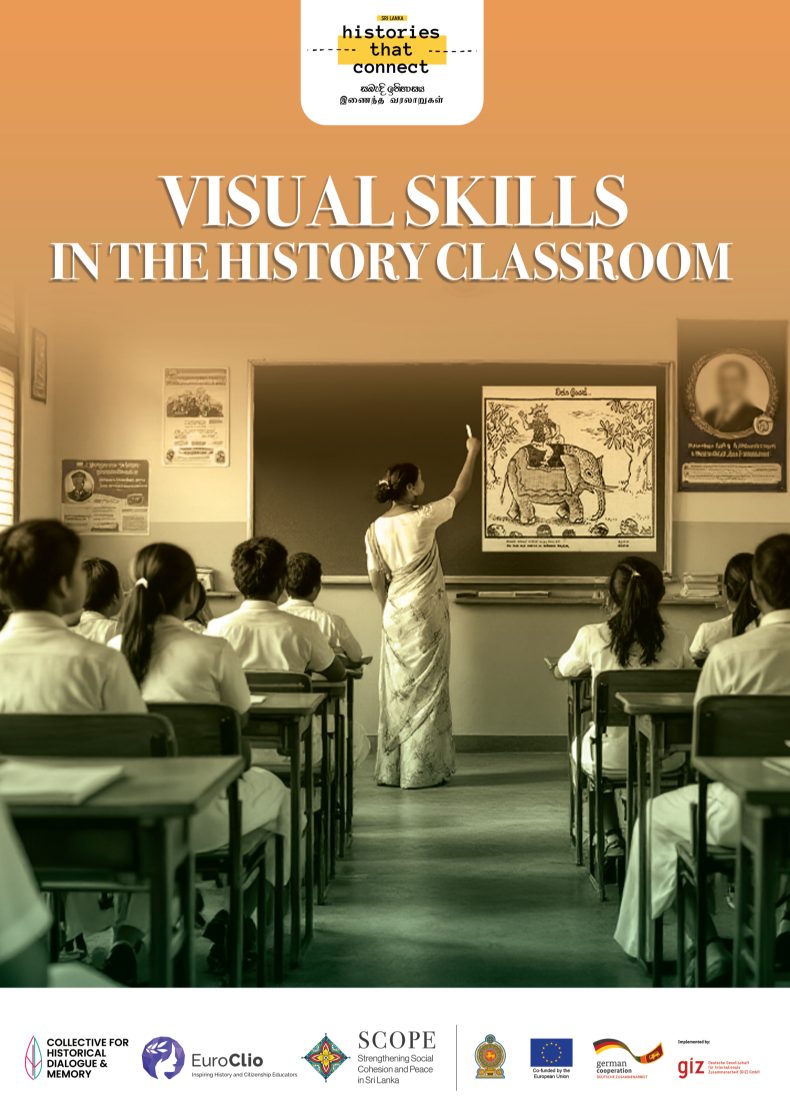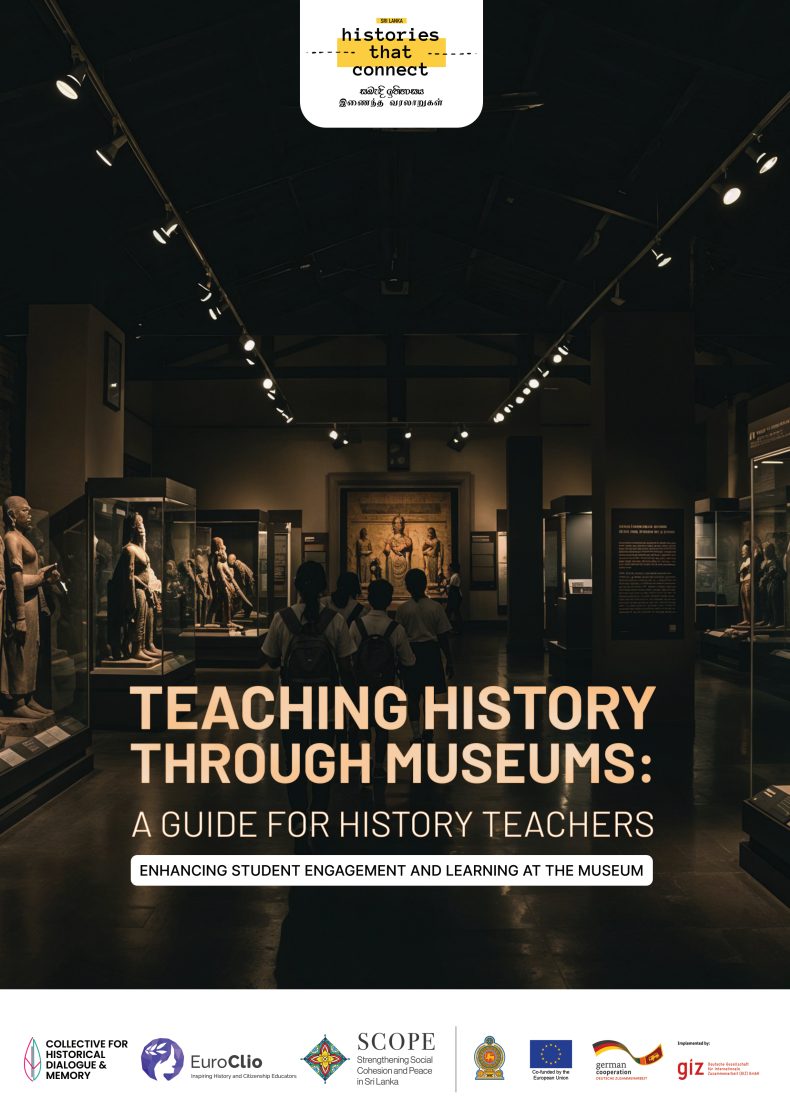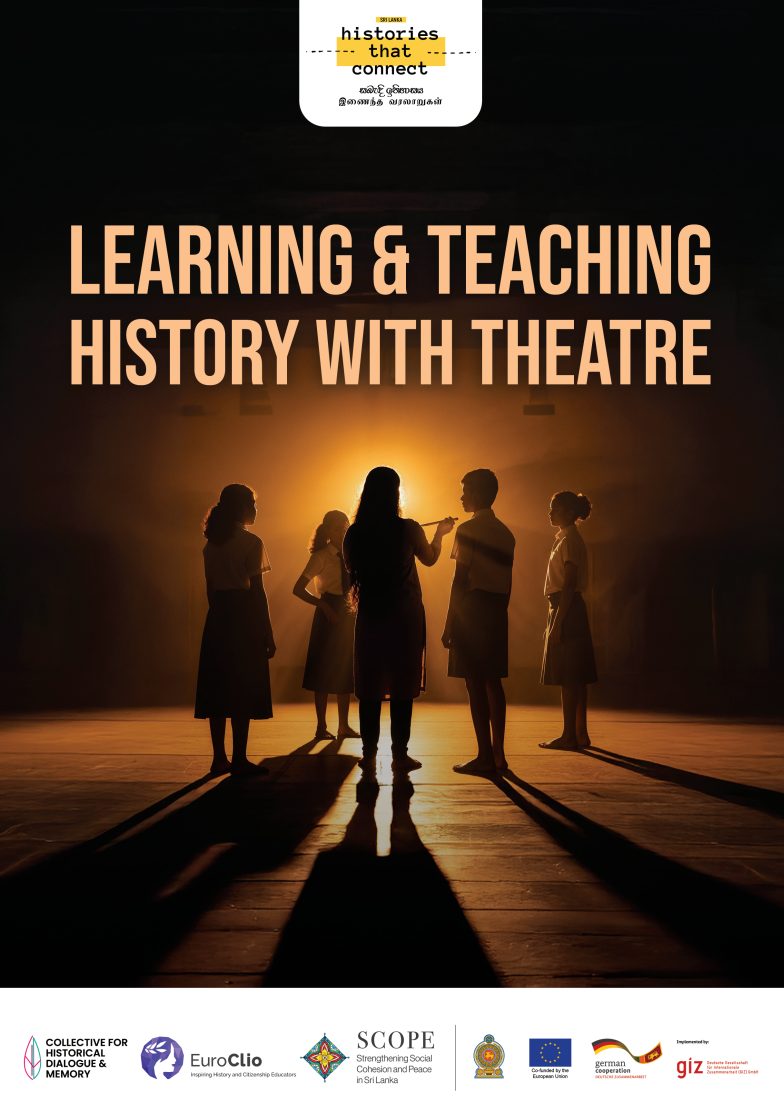At a History or Citizenship class students are often challenged to grasp the meaning of certain abstract concepts and symbols that history and citizenship education are so much rich of. As part of an extensive effort to make her history classes more meaningful and accessible for all her students (including students with special needs), Ofelia Asatryan developed a series of “matching exercises”, to stimulate interaction between students and their ability to make connections between such concepts and colours.
The Practice
To bring more interaction and analytical thinking into History classes and texts, Ofelia Asatryan often prepares matching exercises, in which students are asked to match concepts, rituals and colors.
As before class preparation, Ofelia Asatryan prepared also a “dictionary” for students, where words expressing emotions (pride, shame, happiness, etc.) and names of historical events (victory, attack, retreat, defeat) were included. It was mentioned in the dictionary the color each event had to be underlined with. For student to fully understand which emotion it is spoken about, Ofelia Asatryan also uses to show the emotion with the help of gestures and mimics, while showing the corresponding color.
Ofelia’s approach is applied both in class and as a homework. The application is the following: during the lesson, Ofelia initiates a discussion after each paragraph, asking students what historical event was touched upon in the paragraph, and what emotions they had in relation to that. All the students answer Ofelia’s questions, and hard of hearing students (Ofelia’s school has five hard-of-hearing pupils) are also engaged in such process, with the help of colorful pencils, with which they can nonverbally answer the questions. For example, when discussing about victory, she pointed to the red color, which was associated with victory as an historical event, and with happiness as an emotion. If defeat was described in the paragraph, the hard of hearing student pointed to the black, that symbolized tragedy as an historical event, and sadness as an emotion. When it was spoken about peace, the student pointed to light blue, which symbolizes peace as an historical event, and spiritual harmony as an emotion.
As for the homework, Ofelia assigns students to read the topic at home and to highlight each paragraph with a pencil having the appropriate color, thus showing what historical event it is about, and what emotion is connected to it. This gives Ofelia an opportunity to figure out how the students comprehended the historical event, by just scanning the student’s book in the classroom.
Obstacles and lessons learned
At the beginning, Ofelia used the technique of colors and colorful pencils only with her Hard-of-hearing pupils. However, seeing the constant interest of the whole classroom toward the work with colorful pencils, she began to apply such approach to the class in its entirety. This is really important, because it helps teachers not to differentiate hard-of-hearing students from their classmates.
Furthermore, not all pupils have the same opinion about the associations between colors and events. For example, when one of the students underlined a text passage describing victory with red, another one said that red is the color of blood for him/her, and it is not associated with victory and happiness. Ofelia suggested then to all students to choose the color and the event they associated with from three options that she provides, providing that they justify their choice.
Finally, there is also an overarching obstacle that Ofelia met in working with inclusive classrooms: the lack of information about students with Special Education Needs’ social background, abilities, strengths and weaknesses. As a consequence of this lack of information, teachers usually tend to oversimplify the SEN students’ classroom/homework assignments. Ofelia faced this herself as in the early days of having the student with hard-of-hearing in her classroom, she would tend to task her with assignments much simpler the SEN student would be able to accomplish of. Another obstacle faced by teachers of SEN students is the tendency to focus on students’ weaknesses, rather than their strengths. Both such obstacles can be easily overcome by collecting more information about SEN students before their actual arrival in the classroom.
The effect of the practice
Matching exercises to stimulate interaction between students and making connections between concepts and colors provides not only occasions for students’ meaningful and accessible learning and participation but, above all, has a strong effect on the integration of SEN students within the classroom, as well as full engagement in the educational process, allowing them to express thoughts and emotions. Moreover, with the help of this approach, students are able to express her feelings, attitude and emotions not only in the classroom, but also at home, by working on the topic with colorful pencils. This helps to make students’ emotions and attitudes accessible for the teacher and the classmates. This fact promotes other students in the class to be more focused on each other’s strengths rather than weaknesses.
Finally, when underlining the text passages with various colors, students can then recall the content of the passage by its color. Ofelia calls this process “arranging the paragraphs in the appropriate shelves”.
About the interviewee
Ofelia Asatryan is a secondary school History and Citizenship teacher at a public school in Yerevan, Armenia. She has 10 years of practice in working in inclusive school.
Background to the project
Inclusive education has been introduced to Armenian public education system since early 2000s, while it was mainstreamed into the Law on Public Education in 2014 requiring all public schools in Armenia to turn into inclusive schools.
Five students with hard-of-hearing attend Ofelya’s school. From that point of view the school is unique, because in Armenia students with hearing disabilities usually attend special schools. Two years ago a student with hard-of-hearing came to Ofelia’s class. Now she is in 8th grade. She does not speak, instead she has a well-developed lip-reading skill that helps her understand what others talk. To meet her needs, Ofelia has tried several techniques to make her History learning more meaningful.
Written by Armenuhi Avagyan (Armenian State Pedagogical University after Kh. Abovyan) based on an interview with Ofelia Asatryan in Yerevan, Armenia on 11.05.2017.





